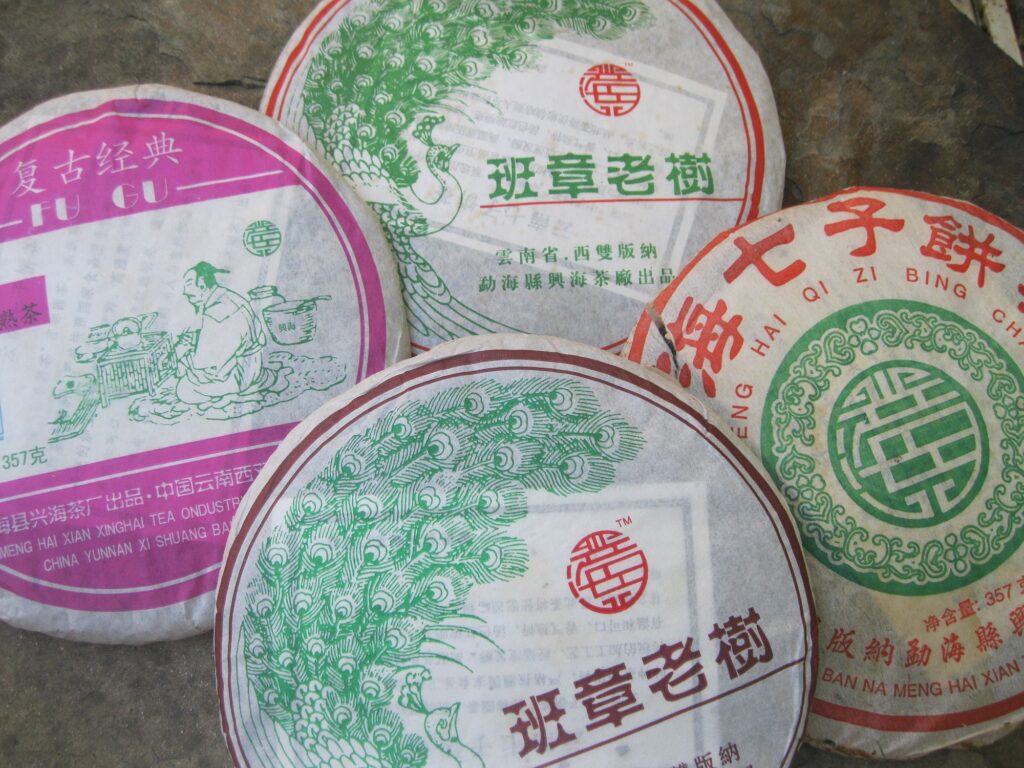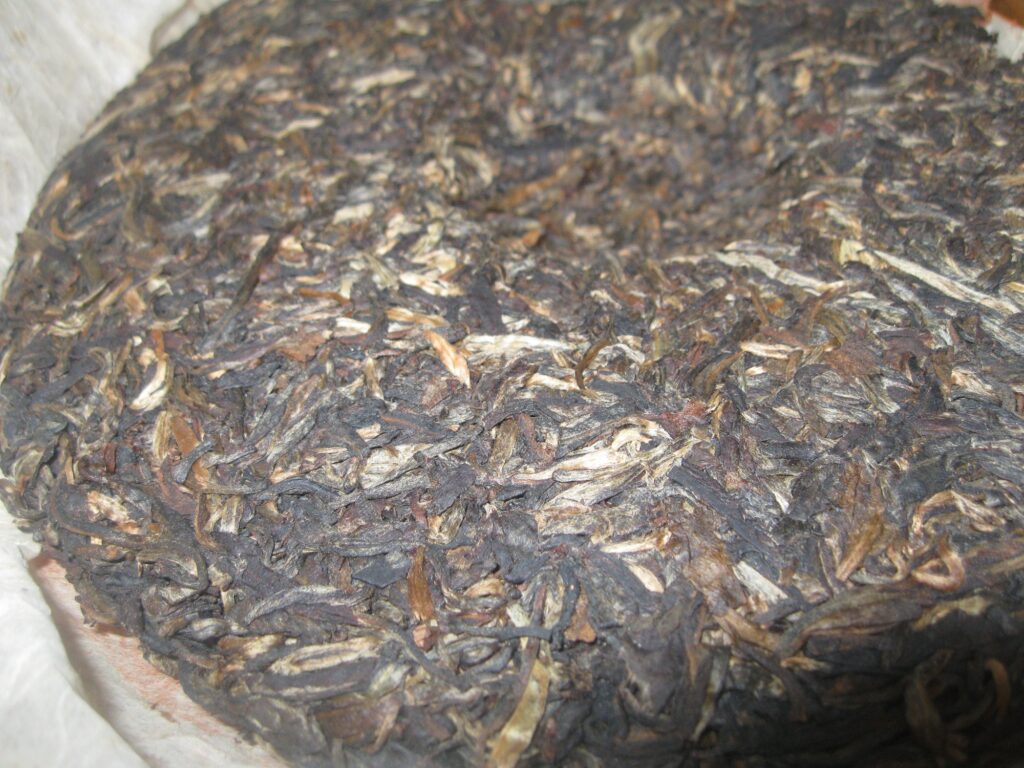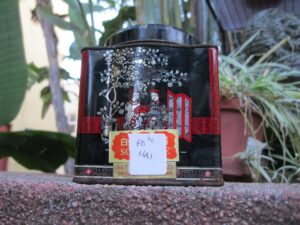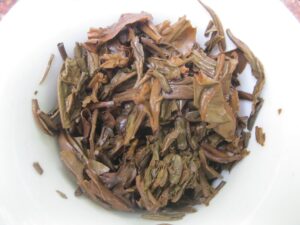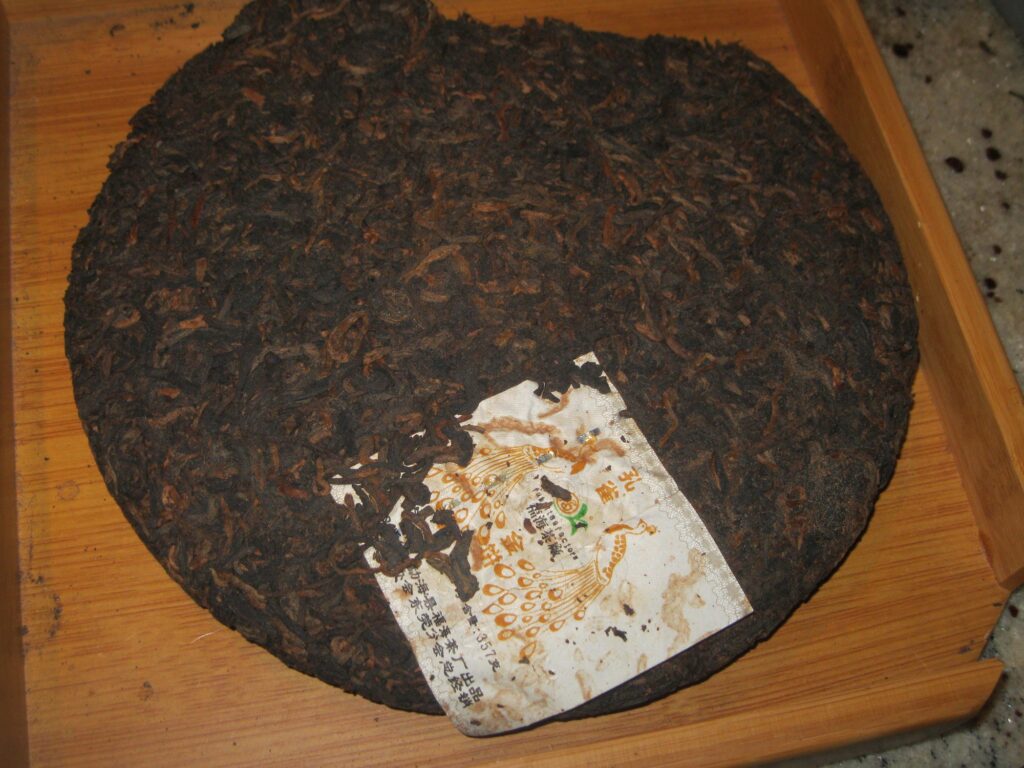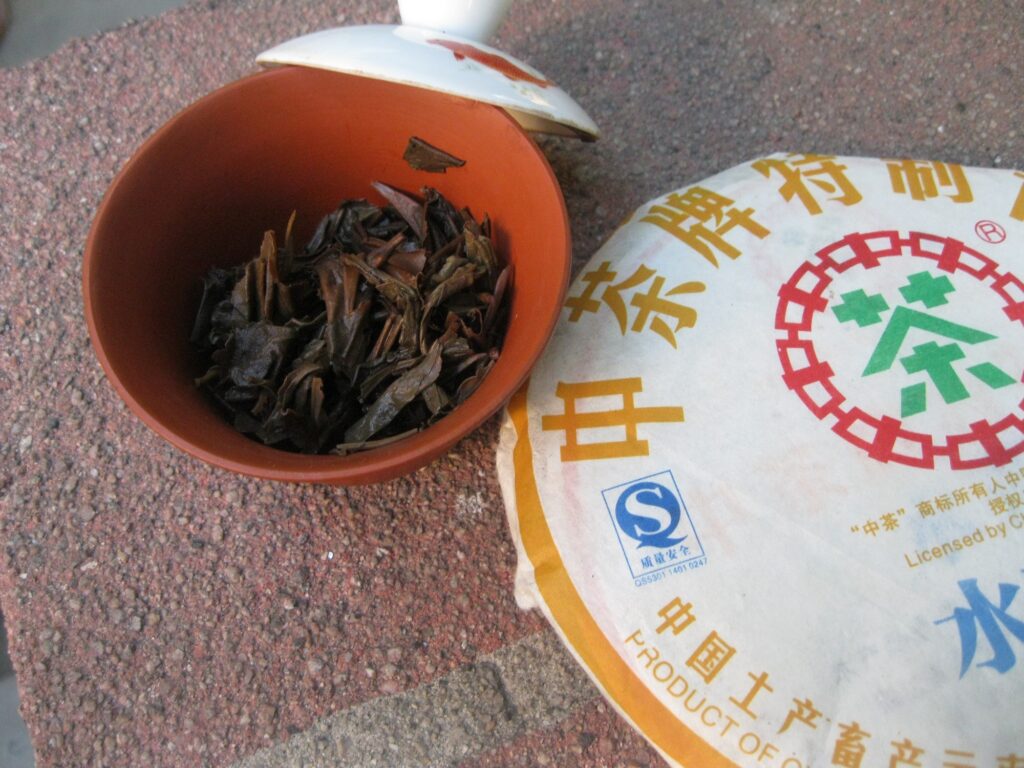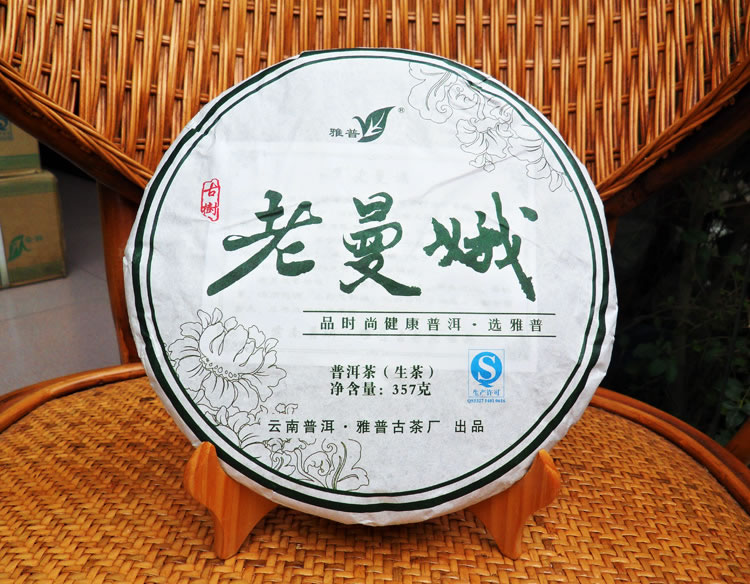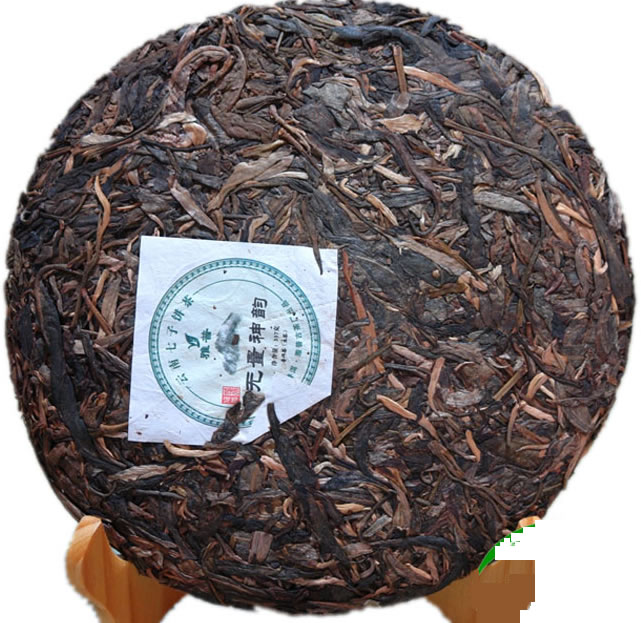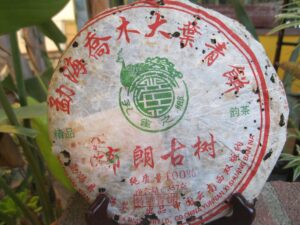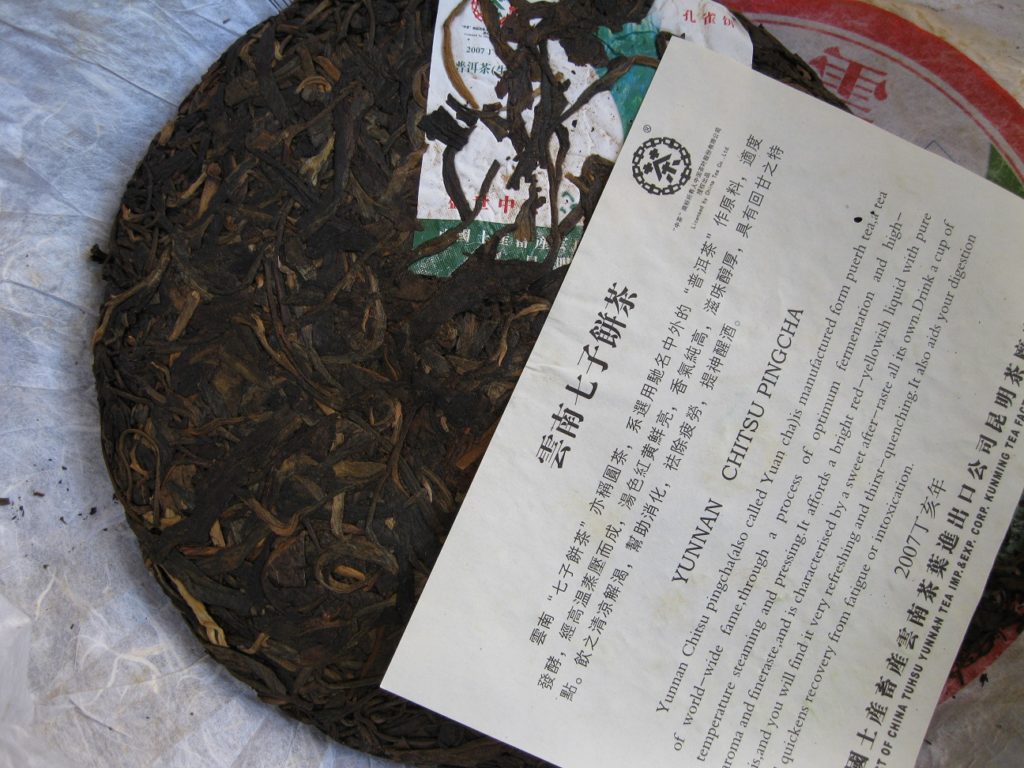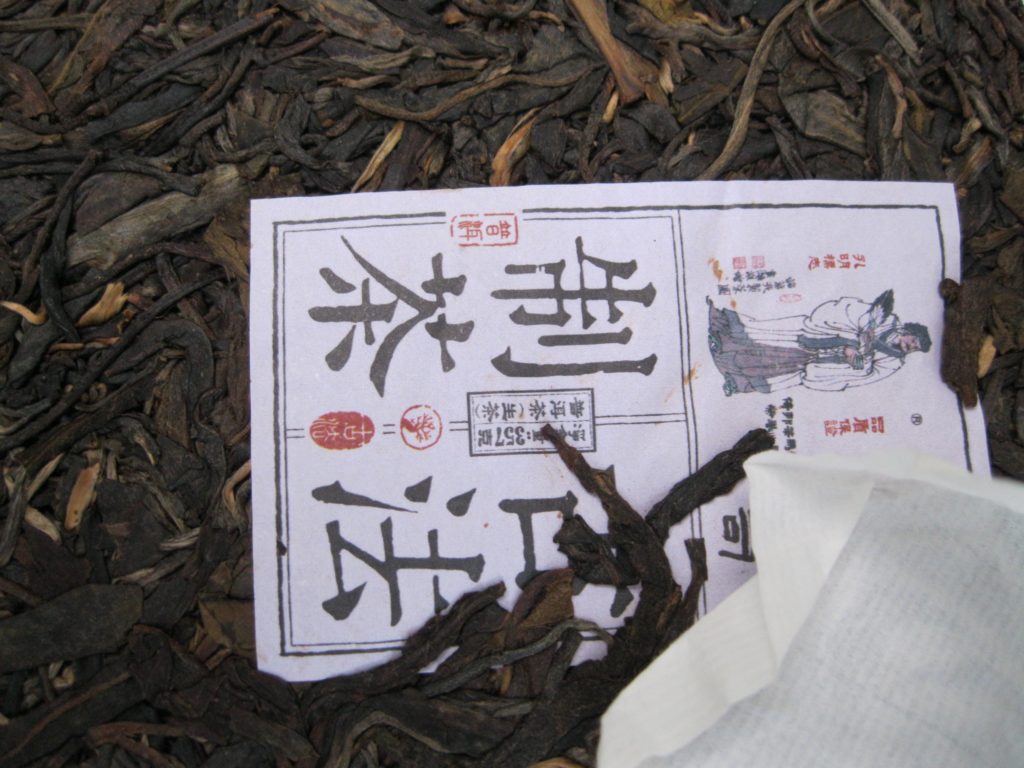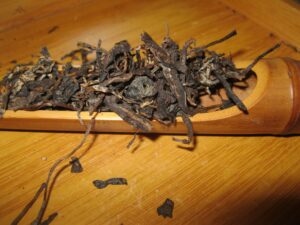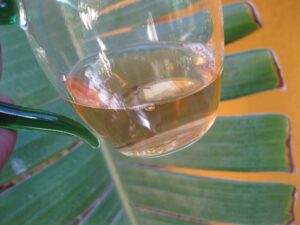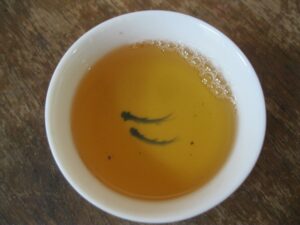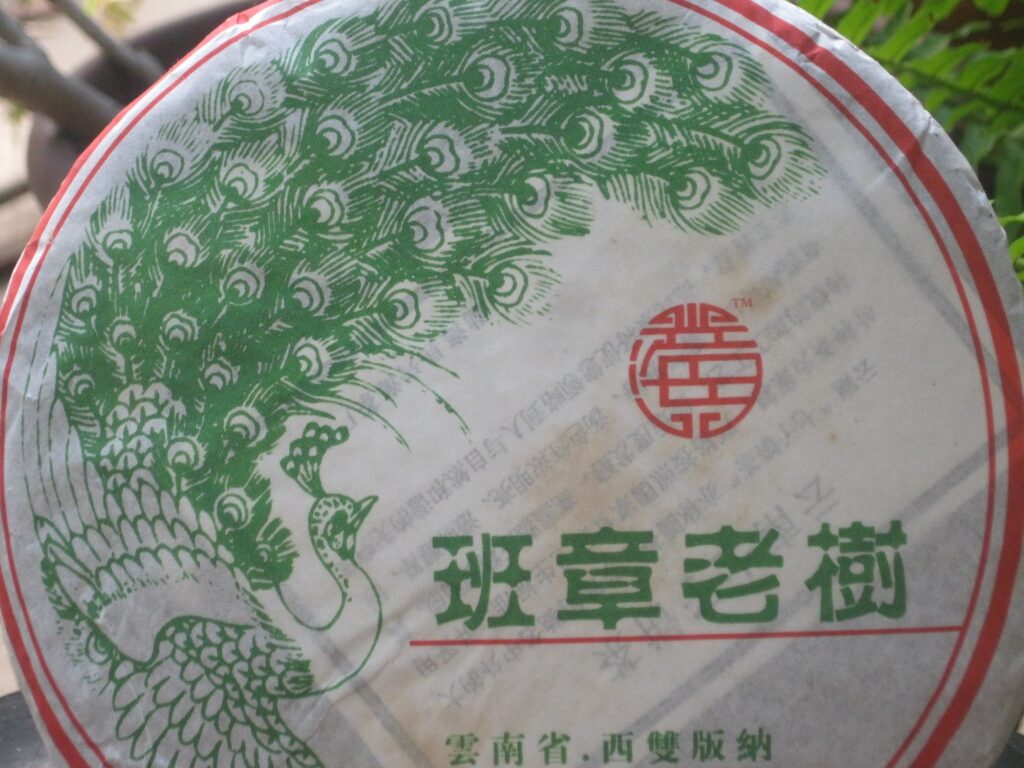PJ Restocked
PJ Restocked takes us to a less-than-frantic scene of the Puerh Junky in The Puerh Cave moving boxes about, handling gigantic zip-loc bags, and administering the rack. As the title suggests, more of some of the popular productions have made their way back to the blustery climes of Los Angeles and he’s making a note of which items those are. Let’s take a look, shall we?
- ’07 Thick Zen, Zhongcha remains to be the price performer par excellence. Expectations for this treasure were that it would transform into a woodsy root beer, but it has detoured into a heicha-type expression with a strong berry note.Right now it’s too early to tell what to make of the latest shipment. I’ve done three sessions over five days, two in clay. The storage appears to be consistent with the previous incarnations, not the least being a ratty-azzed wrapper. At the same time, we’re dealing with a moving target and I’ve been acquiring since ’16. This is my third, and likely last purchase. I’ve bought more of it than any other production with the exception of the Merlot, which is a ripe, and the Operation Macau, also a ripe and both Xinghai productions.Thick Zen is temperamental and thoughts have occurred to just revert it to its given name “Peacock”. Yeah, I’ve been holdin’ out. The latest incarnation is consistent with a sassy trajectory, something very much like Hunan and Shaanxi black teas, which are not dank and carry a berry vibe.Thick Zen has wavered from stewed raisin, to prune, to Lipton Brisk, lemony, black tea, honey. Today, I was gifted with the vaunted notes of the obvious root beer, evanescent suggestions, and cave. Hopefully this is the trajectory, because otherwise the sassy straw-cranberry is going to bum me out. That’s strawberry and cranberry for those wondering.
- ’10 Tiger Tuo, LCGC. My buyer actually contacted me before shipping about this order because the wrappers are horrifically tattered. It’s beyond comprehension how a wrapper can be so appallingly cashed. I don’t think I’ll be searching for more of this, but it’s not for any reason of its own. I don’t know of a better production, let alone tuo. I’ve known of this production since ’16, watching its development through the various vendors and stages, including the varying years here in LA. LCGC is effectively a woman-led boutique, but I didn’t learn that till late ’22. Their iconic identity is captivating and taste doesn’t pander.It’s rare that a production will hit on every level. In terms of taste, the Tiger Tuo is an unflinching champion with killer texture. My initial concern was that with such a tattered wrapper that it would be garbage, but my buyer said he could detect no off odor. . . and he hates humid stuff. hahahahaSo, here’s the scoop. I cannot sell these tuo at proper price, no matter how good they are, so I’m taking 36% off them and they’re not going to be listed. Just specify your preference in the comments of your purchase and the difference will be refunded. There’s only six on hand.Think of honeydew melon, pineapple, and pine sap.
- ’08 Vanilla Palace is another production with a “junkified” name because nefarious forces have led me to deceive you. There’s no production for which there’s a greater love-hate relationship. Yeah, you’re wondering why someone would have a “relationship” with a tea. What’s with this backwoods bumpkin in Los Angeles talking nonsense about a tea relationship?There’s these guys, harassing Puerh Junky, thinking him weak junky because Junky Collection not complete repository of stuff that tears stomach and mouth to shreds. Vanilla Palace expresses shameless bitterness with smile on face and salute to Junky Flag of self-abuse. No cause to call Mr Junky abuse-insensitive with Vanilla Palace.


